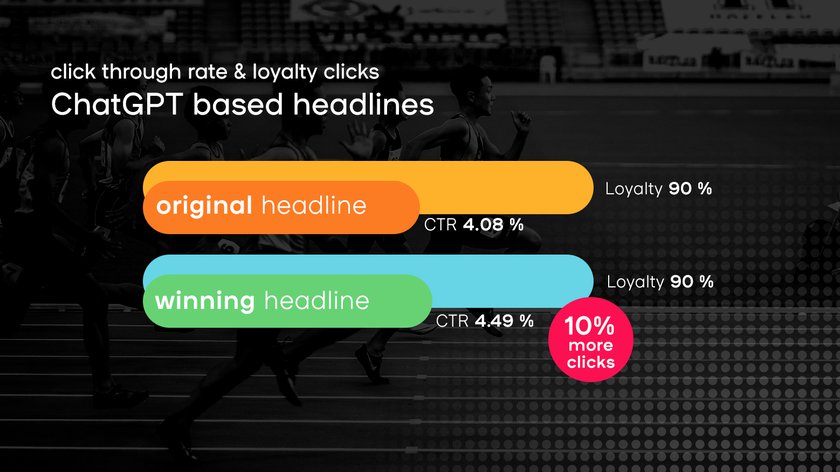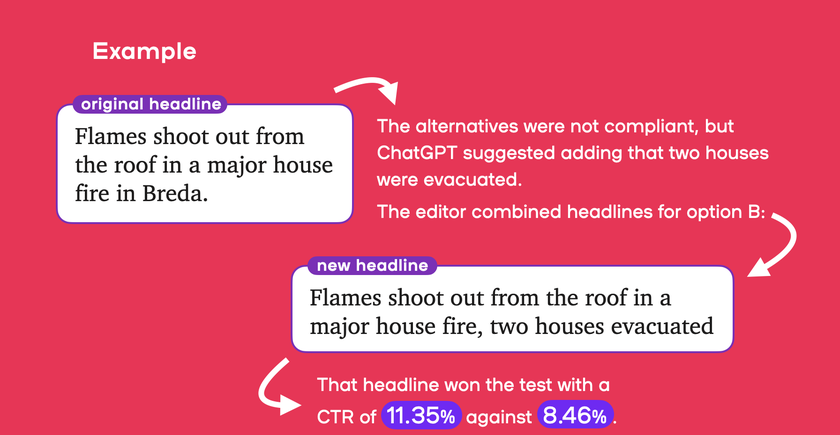Hello there,
We’re probably not the only ones being bombarded with 'don't fall behind, use these mind-blowing AI tools!' type messages right now.
It’s tricky. While you may feel the need to engage with developments in the field of Artificial Intelligence, you’d be entirely forgiven for experiencing a case of AI-fatigue thanks to all the substance-lite chat on the subject in the year since ChatGPT went mainstream. Waiting to see if the big hype subsides is an understandable and very relatable response.
What we’re waiting for, really are tangible, concrete use cases, which cut through the noise - and this was something that publishers of news sites were talking about at length this week at the INMA Media Innovation Week in Antwerp. We were there and were pleased to be one of those few who could already demonstrate one-on-one what smartocto is currently doing to bring editorial analytics into the AI era.
So, after an extensive experimental and developmental period, it's time to share our findings and showcase product improvements to a wider audience. In our latest webinar, we provided a glimpse of that, but now smartoctober is around the corner, and our full focus is on intelligently leveraging Artificial Intelligence and making it work effectively in the newsroom environment. So, this month stay tuned to see us unveil new, smart applications in our tool, such as headline testing, article readability measures, automatic user needs recognition, and timing optimisation.
We invite you to closely follow these developments. Follow us on LinkedIn and be ready to receive an extra newsletter in two weeks.
Webinar about headline testing and AI
Editors are generally adept at crafting alternative headlines for A/B tests, but if the editorial team lacks the time or energy to brainstorm alternatives, with just a few clicks, ChatGPT can be a valuable collaborator. That is one of the key conclusions we highlighted during the webinar 'Why headline testing matters, how AI could help.'
Whether editors feel that modifying prompts is more work than generating alternatives through AI-free brainstorming is perhaps a personal preference, but there are A/B testing tools that can automate this task.


